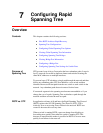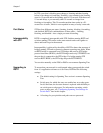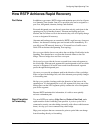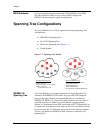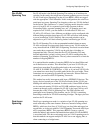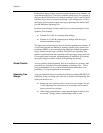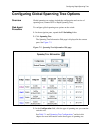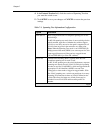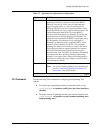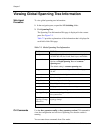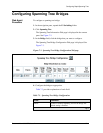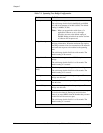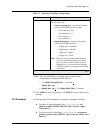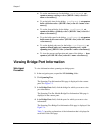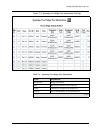
7-8 User Guide for the Avaya P580 and P882 Multiservice Switches, v6.1
Chapter 7
4. In the Protocol Version field, click the version of Spanning Tree that
you want the switch to run.
5. Click APPLY to save your changes or CANCEL to restore the previous
settings.
Table 7-1. Spanning Tree Information Configuration
Option Definition
IEEE 802.1D Runs a single IEEE 802.1D-compliant spanning tree for the
entire bridge.
In 802.1D spanning tree mode, there is one root bridge for the
whole network, regardless of whether the switches support
VLANs or not. Only one active data path is supported for all
VLANs from any point in the network to any other point
Note: When the Spanning Tree mode is set to IEEE 802.1D,
bridge protocol data units (BPDUs) are sent out ports in Clear
(non-tagged) format even if the port has a tagged format
(3Com, IEEE 802.1Q or Cisco ISL) defined.
Per-VLAN (Default Switch Setting) Runs a separate IEEE 802.1D-
compliant spanning tree for each VLAN.
In Per-VLAN spanning tree, the switch implements a separate
spanning tree domain for each VLAN. Each logical spanning
tree has its own Per-VLAN BPDUs, which are tagged with the
appropriate VLAN identifier(s).BPDUs are sent clear
(untagged) on clear trunks or tagged on tagged trunks. With
Per-VLAN spanning tree, a switch can participate in as many
Spanning Tree Domains as there are VLANs defined on the
switch.This allows for better use of links. Some may be
blocked for one VLAN STP and forwarding traffic for
another.
1 of 2




